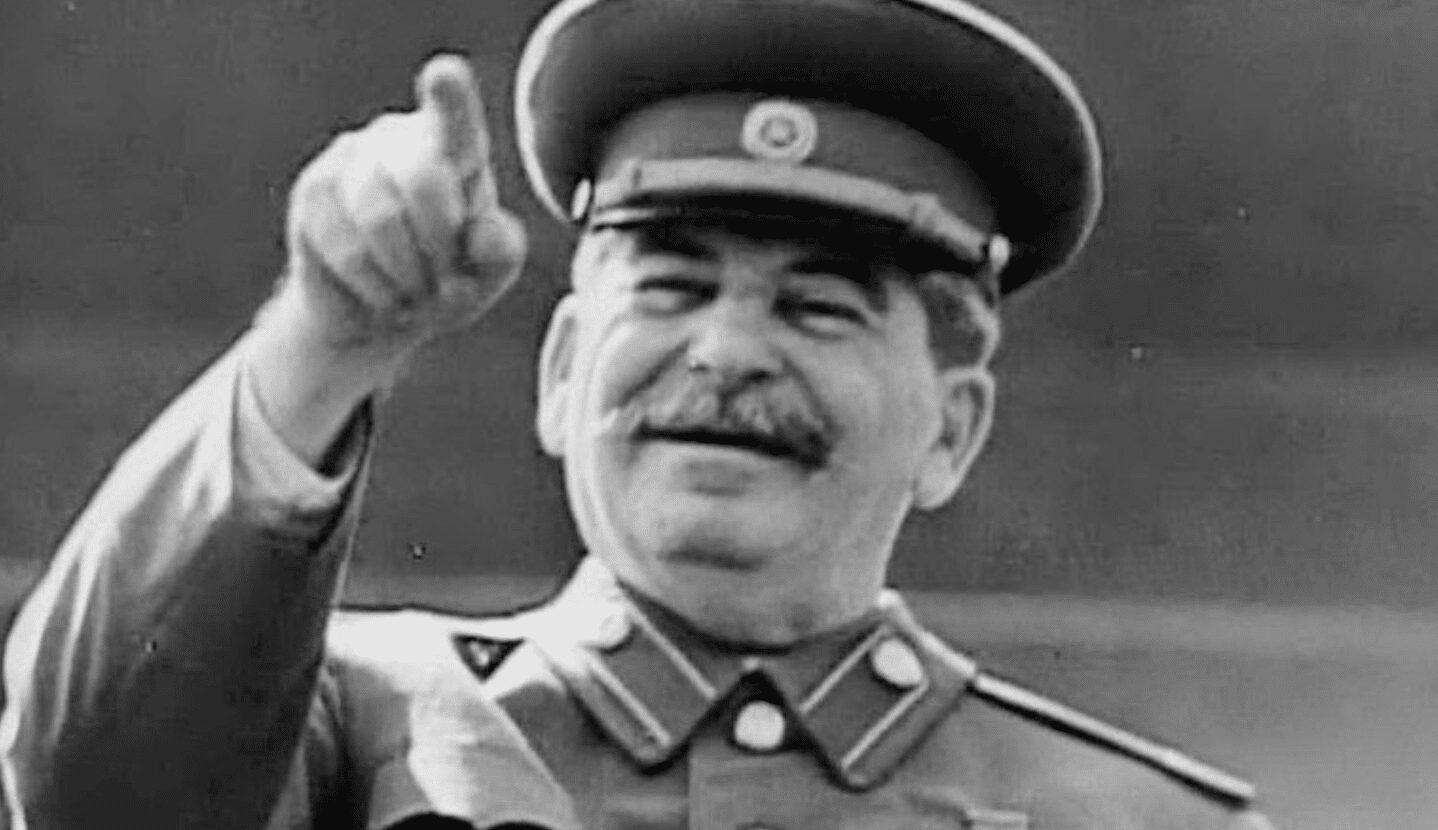The gold was brought by ship to the port of Odessa.
The robbery of the century
More than 500 tons of the precious metal were sent to the USSR. This is the biggest fraud in history
Stalin and his comrades raised money for the needs of the revolution by various methods. One of them is robbery, which in the spirit of the times is called expropriation. For many years, no monarch or self-respecting lawyer has investigated the theft of Spain‘s gold reserves. It is called the most ingenious deception in history, and the gold itself cannot be found to this day.
After the military coup in 1936, organized by Francisco Franco in Spain, the government asked Stalin to help maintain law and order. The leader did not refuse, and the Soviet Union supplied Spain with weapons, ammunition, food, gunpowder, gasoline, and much of what was needed to win and quell an armed rebellion. Even the Soviet military is fighting the Francoists who rebelled against the legitimate government of Spain, along with the Spanish army. But the hidden support of the Spanish government was not enough – after the victory of Francisco Franco, he established a regime of “firm rule” in the country and began to build it in his own way.
However, Stalin did not help the Spanish government because he was a good soul. One of the conditions for Soviet military aid to Spain was to pay “all the expenses that the country would bear to ensure the revolution on friendly territory.” As soon as the Spanish government was faced with the prospect of the enemy taking over the entire territory of the country, the republican government decided to export the gold reserve to preserve it.
There was no hard currency in Spain at that time, so Stalin offered to pay for the gold aid. Joseph Stalin and Spanish Prime Minister Jose Giral shook hands in 1936, just six months after the uprising began. Spain in the mid-1930s was a relatively rich country: it had about 850 tons of gold in its vaults, from ingots to rare and very valuable coins.
The secret special forces
The scheme of the gold export operation was developed by Klim Voroshilov, Stalin’s closest ally and head of the then defense ministry. It is entrusted with the delivery of 510 tons of gold, packed in almost eight thousand boxes, which amounts to approximately 74% of the total gold reserves of the country. The operation was entrusted to Abram Slutsky, one of the founders of the Soviet network of illegal spies. He entrusted the control of the loading of his best employee – the resident of Soviet intelligence in Spain Alexander Orlov. Under the leadership of the latter, thousands of boxes of gold were taken to the area of the port of Cartagena and loaded on ships.
On November 2, 1936, several gold ships arrived in Odessa. There are no accompanying documents for the cargo. On their own behalf, the Chekists do not have the right to sign any documents – they plan to sign all acts of receiving gold sent for storage in the USSR, already on the spot in the relevant ministries.
It was yours – now it’s ours
In many Western sources, the operation to export Spanish gold to Moscow is presented as a robbery of a country embroiled in a war by insidious revolutionaries. Stalin and company deftly took advantage of Spain’s helplessness, intimidated the Spanish government with the military successes of Franco, then backed by Hitler and Mussolini, and, under the pretext of rescue, exported all the gold to the USSR.
Some sources even mention the phrase that Stalin allegedly said at a reception on the occasion of the end of the operation: “They will see the gold, on a cook’s summer.” However, a significant part of the gold reserve was used by the Spanish government for its intended purpose, even after it was sent – with the help of the precious metal bought currency, which is then used to buy weapons and supplies from the USSR to fight Franco, and do this until victory. Gold is also a guarantee for the repayment of the loans that the USSR gives to the country.
Traces are lost
But almost immediately after the transfer of gold to the USSR, strange events began to occur. Some KGB officers who knew about the operation were arrested. Their colleagues break their necks in the bathroom, fall out of windows and “die suddenly”. One of the last to leave is Slutsky, who is in charge of intelligence. Following the news of his resignation, Operation Executor Alexander Orlov was ordered to return home to receive a government award, but soberly assessed his chances of survival and, after stealing $ 100,000 from the NKVD safe, fled to France, from where he left for America and there, after Stalin’s death, cooperated with the FBI.
Finally, the trace of the gold reserves exported to the USSR (more precisely, of what was left of it until the end of World War II) was lost in the 1950s. The war that broke out in Spain, as they say in such cases, wrote off all debts. There is no consensus on the last place where the gold was stored. Spanish historians are sure that hundreds of tons of precious metal are still in Gohran, and representatives of the Soviet Ministry of Finance are just shrugging.
It is difficult to say whether Spanish gold was the basis of the Soviet gold reserve, but an inspection in Gohran in 1954 after Stalin’s death showed that in addition to two pairs of boots and a coat, the leader left about 2,500 tons of gold. For comparison: after the revolution, about 850 tons of gold remained in the warehouses of former tsarist Russia. As for Spain, Madrid never made any official claims against the USSR.












